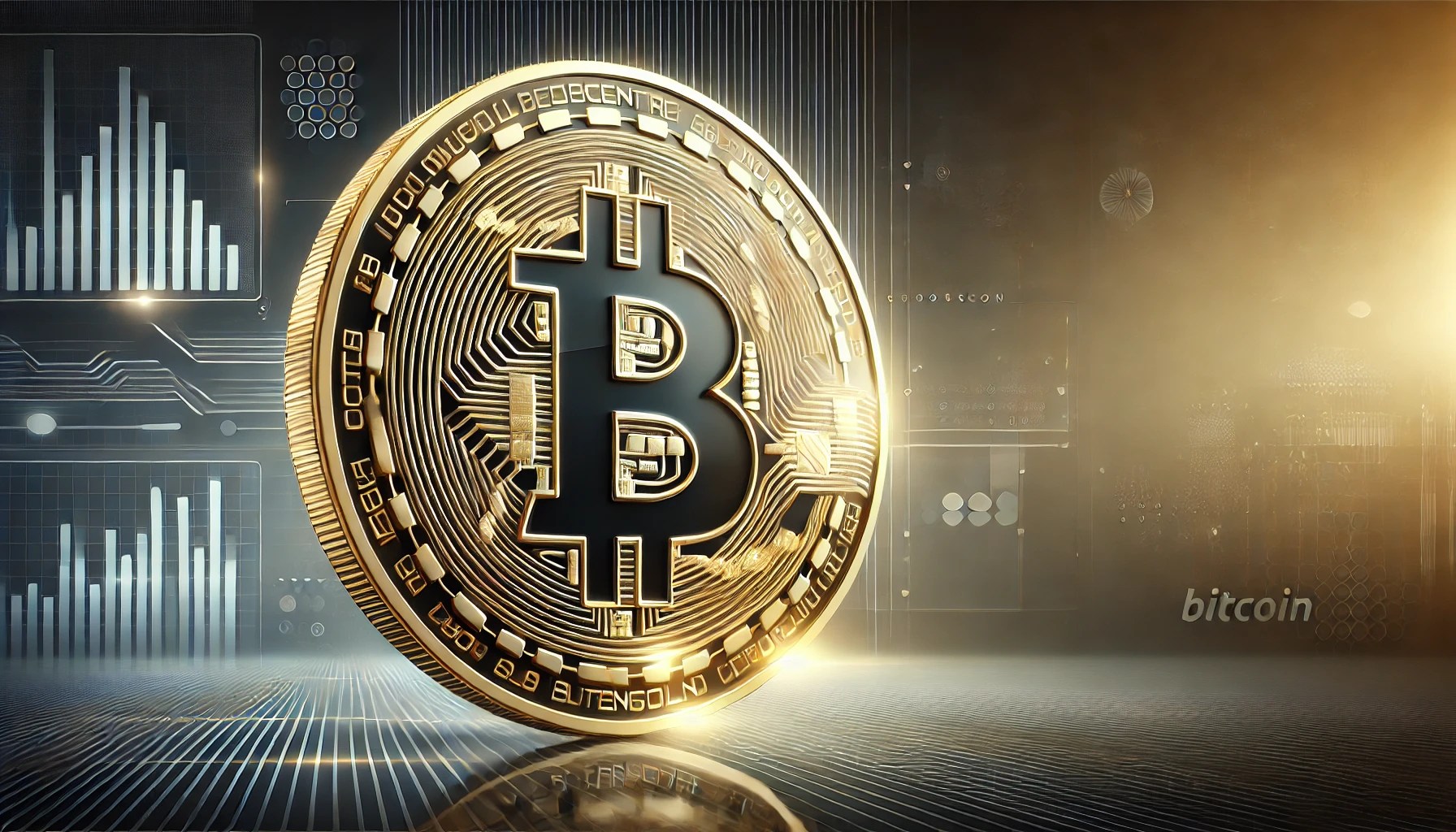Bitcoin: The “Digital Gold” Rumor and Its Misinterpretations
In recent days, conversation on social media platforms, particularly X (formerly Twitter), has been buzzing with sensational claims. The discussion centers around the International Monetary Fund (IMF) allegedly designating Bitcoin as “digital gold” in its newly released Balance of Payments Manual (BPM7). Influencers and crypto advocates have expressed a mix of excitement and validation, suggesting that the IMF’s recognition represents a monumental shift toward mainstream acceptance of Bitcoin.
The Buzz Surrounding the IMF’s Claim
Comments from prominent voices, such as renowned Bitcoin advocate Max Keiser, stoked the flames of speculation. He announced on X that the IMF would add Bitcoin to its reserves and include it in the Special Drawing Rights (SDR) basket, further amplifying the claim that the cryptocurrency has gained this prestigious designation. Posts rapidly proliferated with phrases like, “Huge. The IMF calls Bitcoin Digital Gold. A turning point.” Such statements contributed to a growing narrative that Bitcoin had reached a critical juncture in its evolution from a speculative asset to a recognized form of value.
Dissecting the Reports
As compelling as these claims might sound, they appear to arise from a misinterpretation. Upon examining the comprehensive 1,076-page report more closely, industry experts have pointed out that the statements credited to the IMF concerning Bitcoin were overblown. Dennis Porter, CEO and co-founder of Satoshi Act Fund, took to social media to clarify that the rumors stemmed from a phrase in the manual referring to “new digital assets designed to be used as a means of payment or act as a store of value.” According to Porter, equating this phrasing to an endorsement of Bitcoin as “digital gold” was, in his words, “a massive stretch.”
Understanding the Terminology
The report mentions Bitcoin five times, detailing its classification and the role it plays in global finance. It asserts that crypto assets, in particular Bitcoin, are distinguished as nonproduced nonfinancial assets. This categorization places Bitcoin alongside items like property and commodities, rather than elevating it to the status of an official reserve like gold. The IMF manual does not support the notion that Bitcoin is a substitute for traditional currencies or a safe-haven asset akin to gold.
Key Passages of the Report
One particularly telling section of BPM7 describes Bitcoin as having equal value throughout its individual units — emphasizing fungibility over intrinsic value. The document underlines that “one Bitcoin is equal to any other Bitcoin and can be divided into equal pieces,” emphasizing its utility as a currency rather than its standing as a luxury asset or a global reserve currency.
Further clarifications illustrate that while “new digital assets” might serve dual roles as both payment and stores of value, the economic implications become more about facilitating monitoring and understanding the flow of these assets internationally. This portrayal does not grant Bitcoin formal recognition by any central banking authority or imply that it would occupy space in the IMF’s treasure troves.
The User-Centric Approach
The updated guidelines in BPM7 reflect an initiative by the IMF to formalize the tracking and classification of cross-border crypto transactions. By emphasizing Bitcoin’s status as a “nonfinancial asset,” the IMF is showcasing the contrasting roles of decentralized cryptocurrencies in the economy while significantly emphasizing the importance of supervision and accountability concerning their impact. Any declarations that take the leap to label Bitcoin as “digital gold” seem to mischaracterize the IMF’s intentions and understanding of digital asset ecosystems.
Current Bitcoin Trends
As of the most recent market data, Bitcoin is trading at approximately $86,889. This price reflects not only market trends but also investor sentiment in light of ongoing narratives about its status among financial instruments. Despite recent developments, the discourse surrounding Bitcoin’s classification continues to elicit passionate responses across the cryptocurrency community.
Trust but Verify
Amidst the hype surrounding Bitcoin’s potential recognition by institutions, it’s essential to approach these narratives critically. Understanding the nuanced language of regulatory and financial reports is crucial for maintaining a clear and informed perspective on the evolving landscape of digital currencies. While many are eager for Bitcoin to receive acknowledgment akin to gold, the current reality remains that institutional endorsement is still a complex and evolving conversation, one that requires well-informed scrutiny rather than hasty conclusions.
In light of this, it’s clear that while Bitcoin’s journey continues to captivate and intrigue, the excitement must be tempered with a commitment to understanding the actual, nuanced language used by regulatory entities like the IMF and the implications it carries for the cryptocurrency’s future.

